Trump just showed his hand in the trade war
Now Beijing knows for sure the Trump administration has a low threshold for economic and political pain
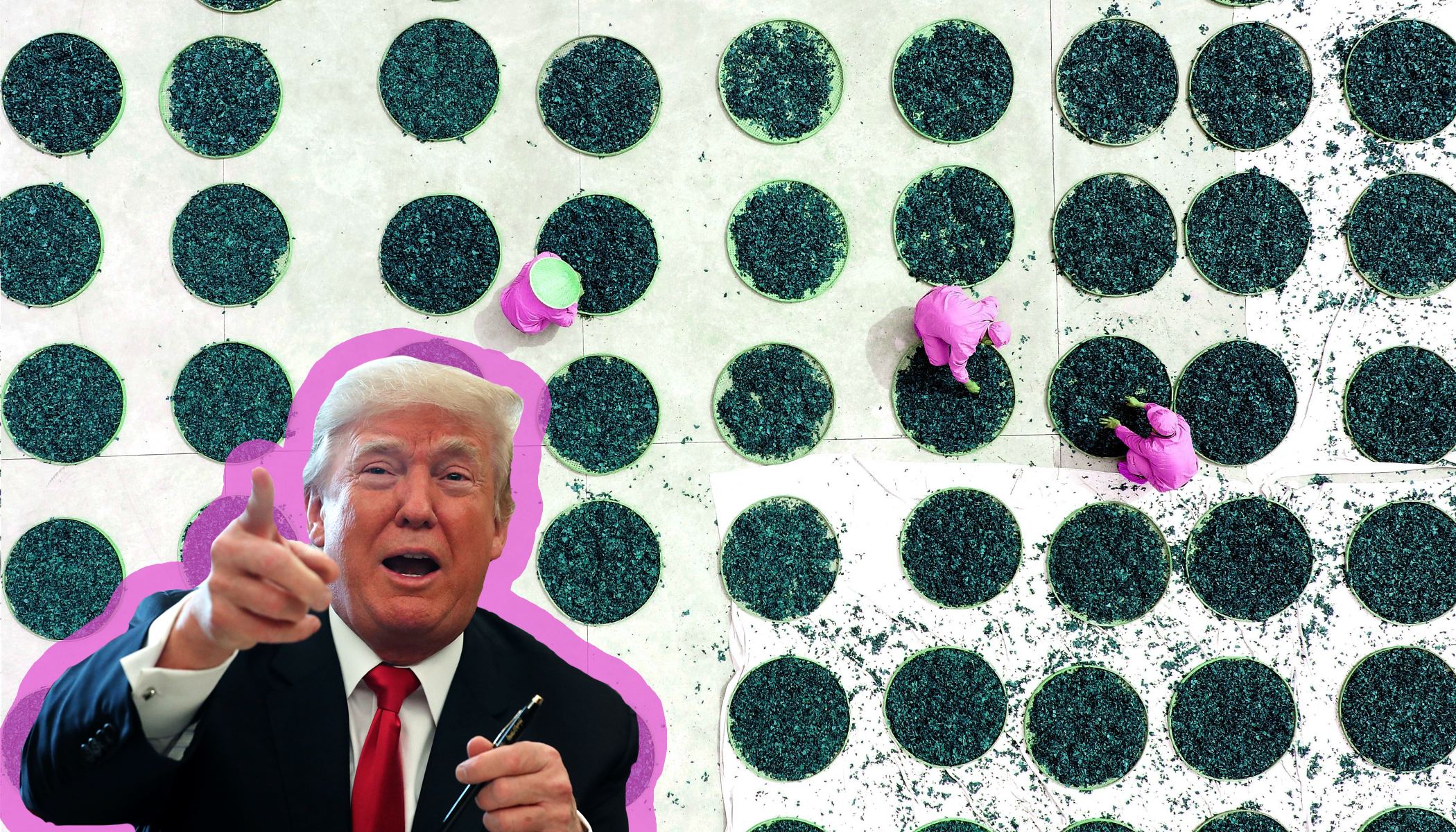

President Trump may have just saved Christmas, but he also undercut his trade war with China. While the United States will still likely extend tariffs of 10 percent to $300 billion in Chinese imports, the U.S. Trade Representative said Tuesday that it will delay new tariffs on smartphones, laptop computers, and toys due to "health, safety, national security, and other factors." Of course, Trump decided to again say the quiet part out loud, telling reporters, "We're doing this for the Christmas season, just in case some of the tariffs would have an impact on U.S. customers."
There must be smiles all around in the northern Chinese resort town of Beidaihe on the Yellow Sea where China's leaders are summering. Trump can try to claim the holiday delay is also an "olive branch" to the communist vacationers, but that's unlikely to fool anyone other than Fox News diehards. After all, Beijing has likely been counting on the Trump administration having a low threshold for just the sort of economic and political pain that's inevitable from a major trade conflict.
For instance, Xi Jinping and the other Communist Party officials have surely noticed Trump's tirades about the Federal Reserve every time the stock market dips. And unlike the American president, China's leaders don't face an election in just under 15 months where the economy will be a key issue. Even better for Beijing: Trump's statement is a clear admission that American consumers, retailers, and wholesalers are paying his tariffs, not China.
The Week
Escape your echo chamber. Get the facts behind the news, plus analysis from multiple perspectives.

Sign up for The Week's Free Newsletters
From our morning news briefing to a weekly Good News Newsletter, get the best of The Week delivered directly to your inbox.
From our morning news briefing to a weekly Good News Newsletter, get the best of The Week delivered directly to your inbox.
None of this means Trump will necessarily push for a trade deal ASAP (though he was given a vivid reminder of just how much Wall Street would love a speedy resolution when stocks jumped on the news of the partial tariff delay). But the Trump retreat does suggest the president might be unwilling to weather an economic downturn — or even a choppy stock market — as Election Day 2020 approaches.
And make no mistake, an escalating conflict would badly damage the economy, even if Trump occasionally tweets his view that his tariff policy is somehow boosting growth. Indeed, Goldman Sachs on Sunday put out a widely read research note increasing its estimate of the trade war's negative impact on growth. The bank isn't predicting a recession, but it does see a slowdown made worse by the ongoing conflict.
But it apparently doesn't take anything even close to a recession to get Trump to dial down his trade war. Just some more expensive iPhones and action figures. All of which must be quite disheartening to those anti-China hawks in Washington who view America and China as locked in a long, twilight struggle for global supremacy in the 21st century. Former Trump White House adviser Steve Bannon has started a group, The Committee on the Present Danger: China, which claims it seeks to warn Americans about the "existential threats" posed by China. And Bannon has praised Trump's strategy for making the trade war "unbearably painful" for China's leaders.
Yet the prospect of even a bit of pain for American consumers has caused Trump to blink on Cold War 2.0. Then again, there's little evidence that Trump has ever really bought into this grandiose notion. As I wrote back in May, Cold War Classic was "a multi-decade effort of economic, military, and ideological dimensions" that engaged the entire American government, allies, and global institutions.
A free daily email with the biggest news stories of the day – and the best features from TheWeek.com
Consider: Is it likely that Trump is trying to wage a similar long-term, strategic effort or that he views the trade war in completely tactical and impulsive terms as he tries to strike a deal with Beijing? Do we really even need to ask the question?
James Pethokoukis is the DeWitt Wallace Fellow at the American Enterprise Institute where he runs the AEIdeas blog. He has also written for The New York Times, National Review, Commentary, The Weekly Standard, and other places.
-
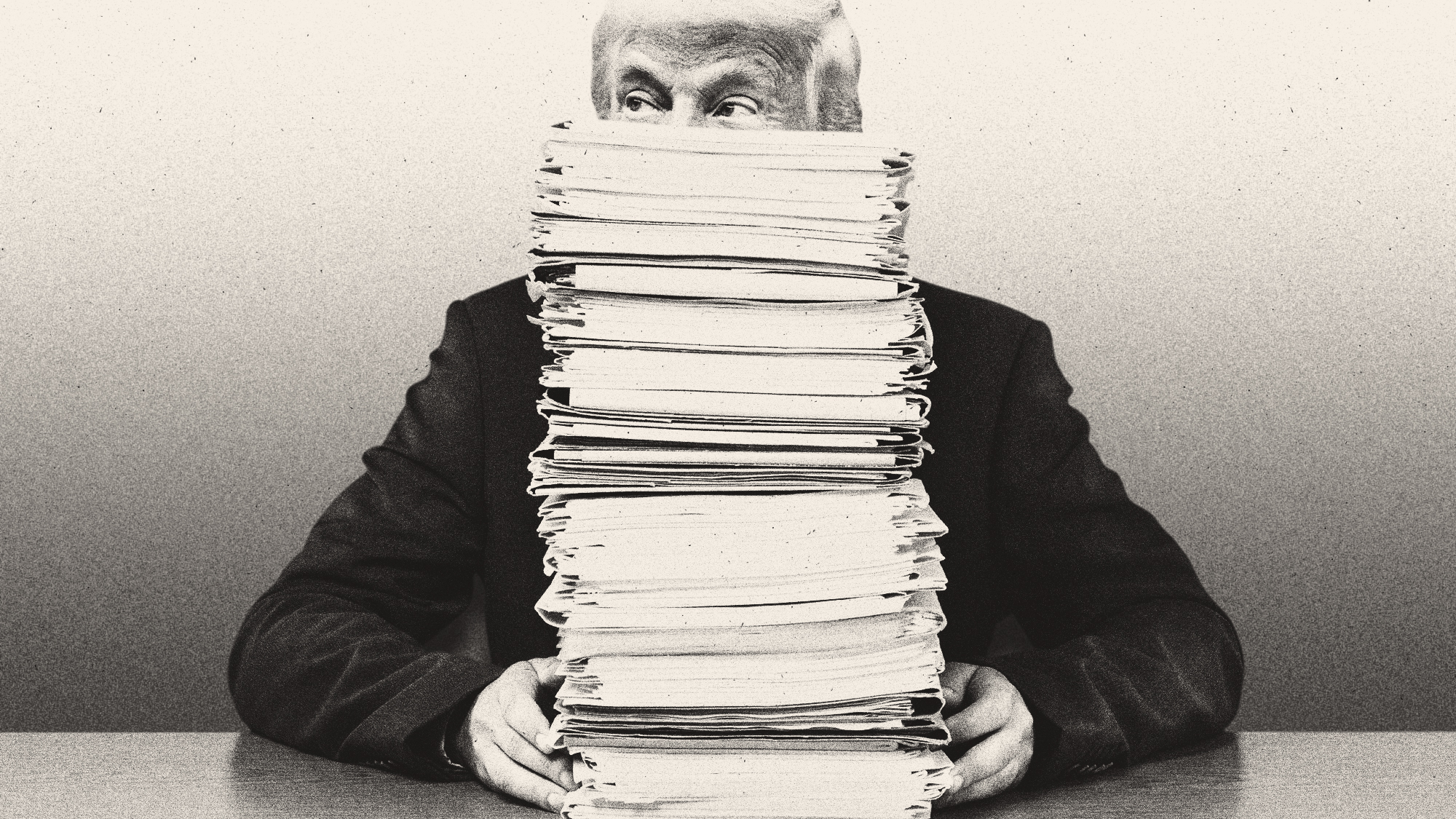 How are these Epstein files so damaging to Trump?
How are these Epstein files so damaging to Trump?TODAY'S BIG QUESTION As Republicans and Democrats release dueling tranches of Epstein-related documents, the White House finds itself caught in a mess partially of its own making
-
 Margaret Atwood’s memoir, intergenerational trauma and the fight to make spousal rape a crime: Welcome to November books
Margaret Atwood’s memoir, intergenerational trauma and the fight to make spousal rape a crime: Welcome to November booksThe Week Recommends This month's new releases include ‘Book of Lives: A Memoir of Sorts’ by Margaret Atwood, ‘Cursed Daughters’ by Oyinkan Braithwaite and 'Without Consent' by Sarah Weinman
-
 ‘Tariffs are making daily life less affordable now’
‘Tariffs are making daily life less affordable now’Instant Opinion Opinion, comment and editorials of the day
-
 Nigeria confused by Trump invasion threat
Nigeria confused by Trump invasion threatSpeed Read Trump has claimed the country is persecuting Christians
-
 Sanae Takaichi: Japan’s Iron Lady set to be the country’s first woman prime minister
Sanae Takaichi: Japan’s Iron Lady set to be the country’s first woman prime ministerIn the Spotlight Takaichi is a member of Japan’s conservative, nationalist Liberal Democratic Party
-
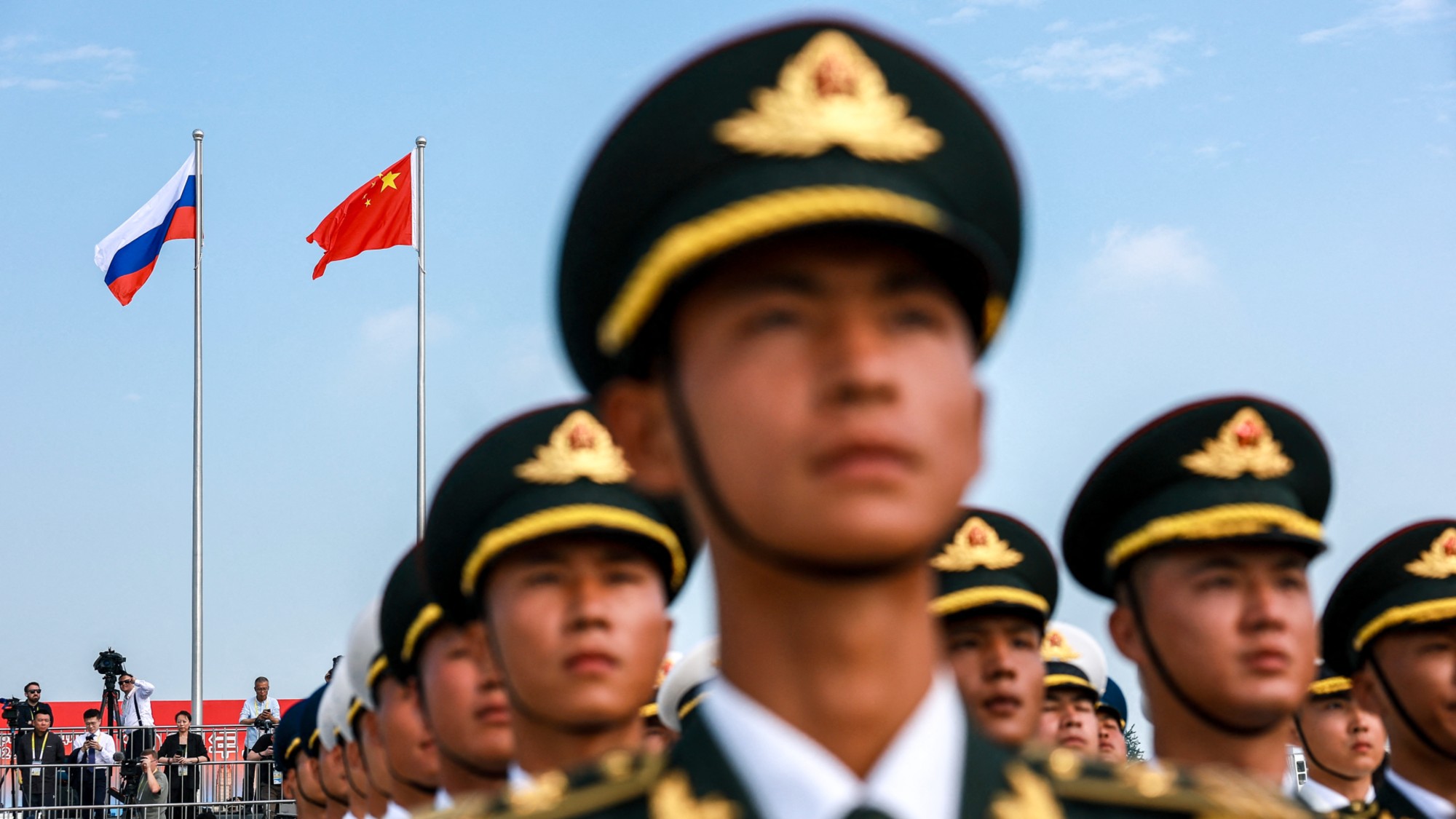 Russia is ‘helping China’ prepare for an invasion of Taiwan
Russia is ‘helping China’ prepare for an invasion of TaiwanIn the Spotlight Russia is reportedly allowing China access to military training
-
 Interpol arrests hundreds in Africa-wide sextortion crackdown
Interpol arrests hundreds in Africa-wide sextortion crackdownIN THE SPOTLIGHT A series of stings disrupts major cybercrime operations as law enforcement estimates millions in losses from schemes designed to prey on lonely users
-
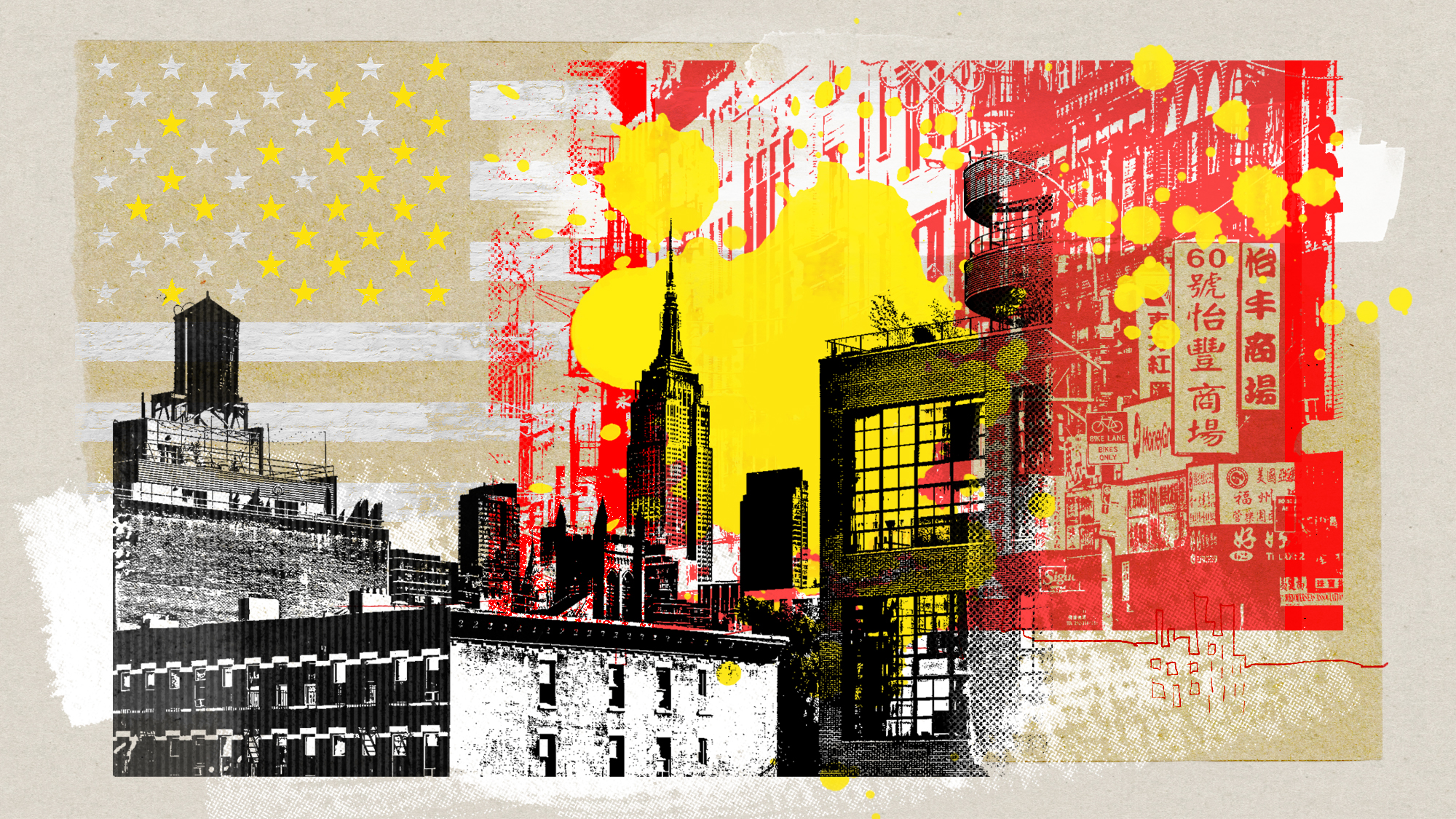 China is silently expanding its influence in American cities
China is silently expanding its influence in American citiesUnder the Radar New York City and San Francisco, among others, have reportedly been targeted
-
 How China uses 'dark fleets' to circumvent trade sanctions
How China uses 'dark fleets' to circumvent trade sanctionsThe Explainer The fleets are used to smuggle goods like oil and fish
-
 One year after mass protests, why are Kenyans taking to the streets again?
One year after mass protests, why are Kenyans taking to the streets again?today's big question More than 60 protesters died during demonstrations in 2024
-
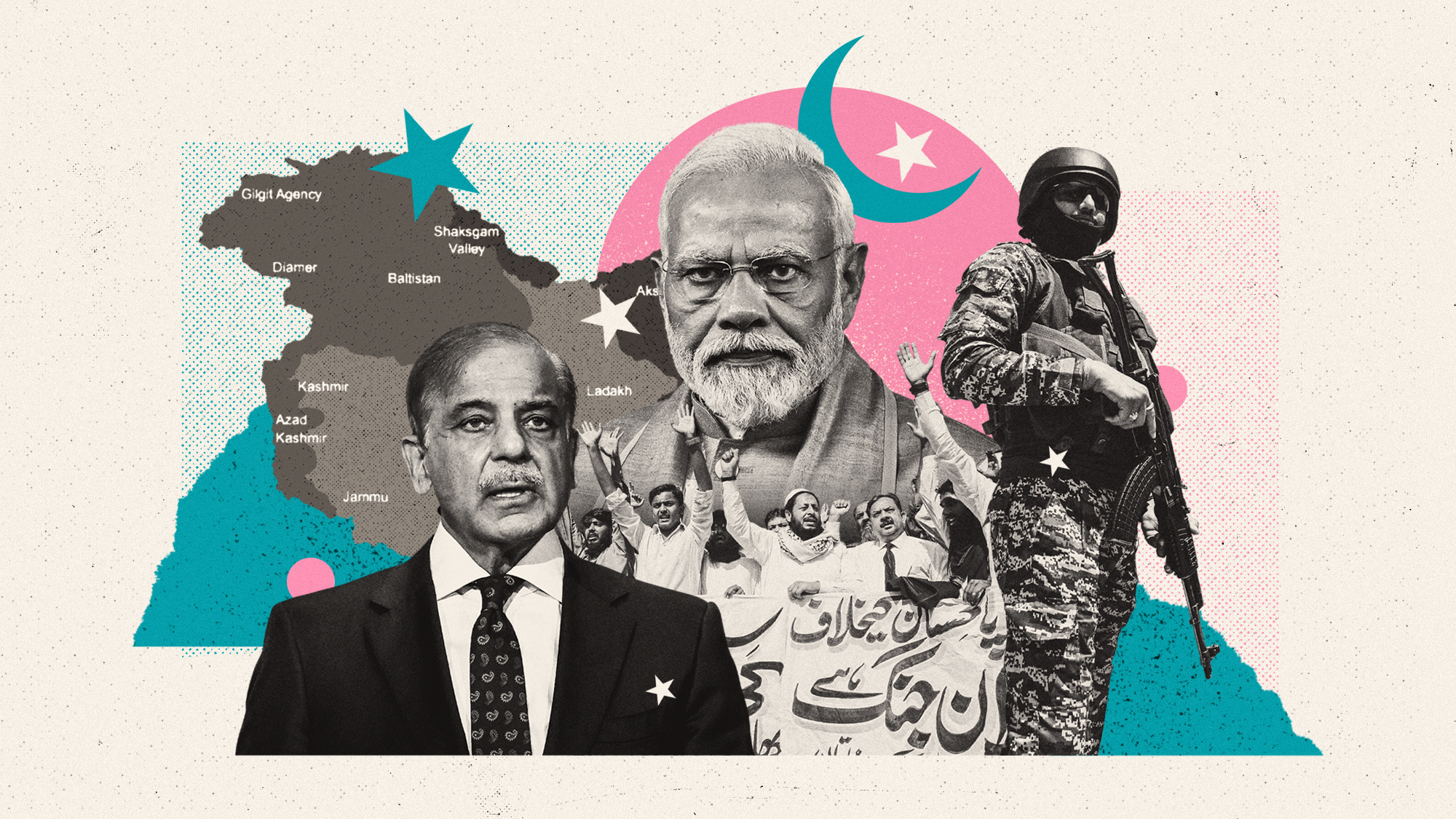 What happens if tensions between India and Pakistan boil over?
What happens if tensions between India and Pakistan boil over?TODAY'S BIG QUESTION As the two nuclear-armed neighbors rattle their sabers in the wake of a terrorist attack on the contested Kashmir region, experts worry that the worst might be yet to come
